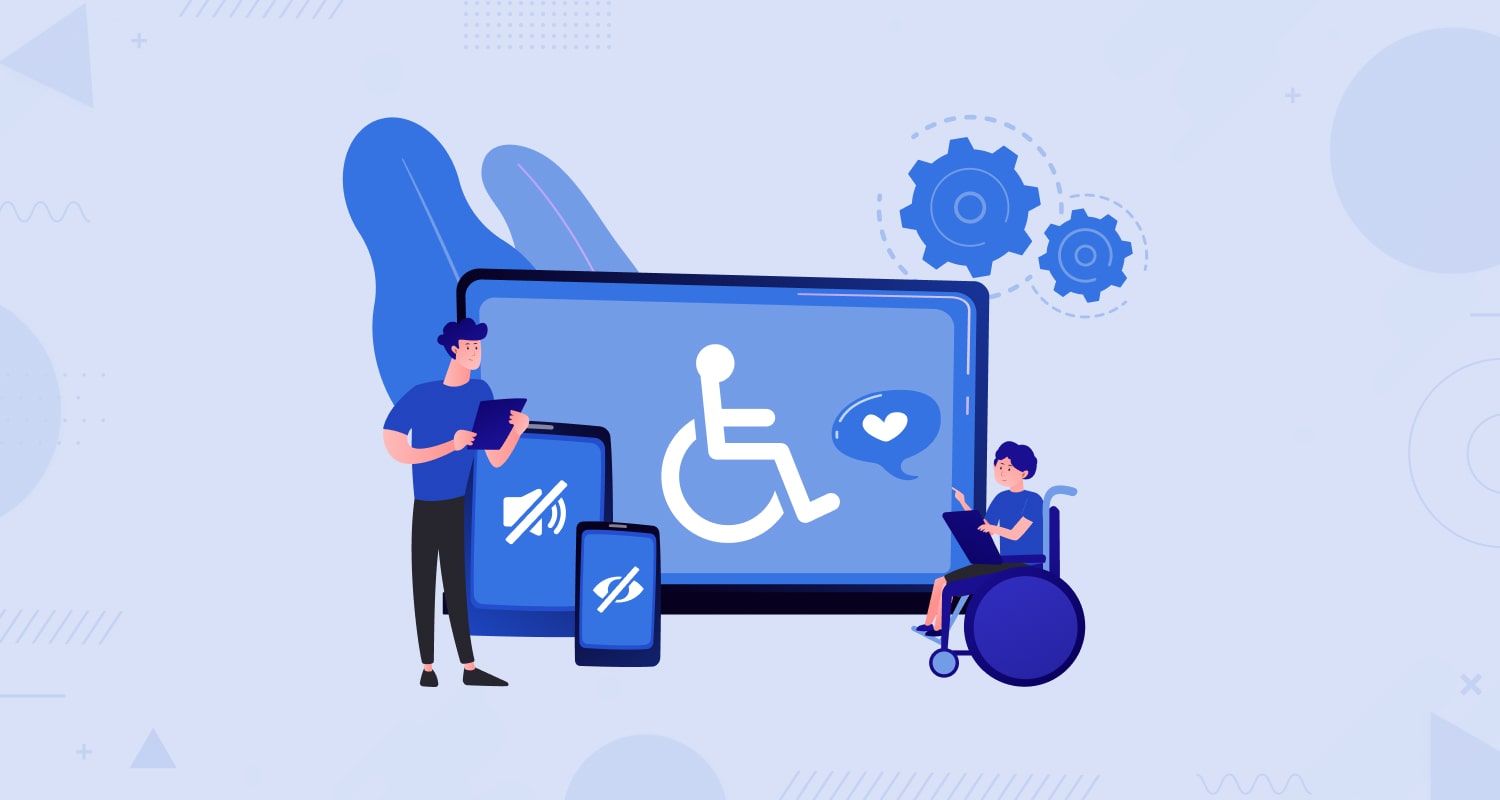Do you execrate waiting for a page to load? As per the survey, 29% of visitors go elsewhere immediately if a website is too slow or they can’t find the information they need. For brands this has real consequences. Google data shows an increase of 120% for searches related to shopping. With more than 1 billion active web & mobile users globally, it is more important than ever for brands to give users the experience they want. Few of the many reasons users uninstalls the application is privacy infringement, app taking excessive storage space, collecting user sensitive information with or without user consent. This is one of the reasons that the idea of progressive web apps was introduced.
Progressive Web Apps (PWA) as envisioned by Google is creating a new standard for the customer experience that shoppers will come to expect from retailers. It is a new concept that bridges the gap between websites and mobile apps. A Progressive Web App uses modern web capabilities to deliver an app-like user experience including offline mode, beacons, web push notifications, splash screens, and instant or animated page transitions. In the recent few years mobile browser audiences have gowned at a rate of 1.2x. Progressive web apps help developers and marketers to adapt this growing base of mobile users. It has all the dynamic features of an app and also functions like a website, making it both powerful and valuable useful for the end user. It is a mixture of native mobile apps and a regular website, which makes a mobile website as fast and useful as native apps. It is defined by a set of criteria which includes responsiveness, security, shareability, reliability and link-ability.
There are many eCommerce businesses who are recently taking advantage of this newer technology. FlipKart, one of the India’s biggest eCommerce Website has been developed PWA called FlipkartLite for their business which has increased the conversion rates by 70% from their users opening the app via home screen, meaning that the users who have installed the application can be said to be loyal customers, eager to purchase and engage with the website by different activity.
Key concept of Progressive Web Apps
Service Worker
Service Worker is a simple event-driven JavaScript file that works in backend and runs in response to different events like push notification, network requests, connectivity changes, and more. It is also responsible for caching content, and managing offline functionality, as well as routing all browser requests to the correct source.
Application Shell
App Shell is a simple design concept where the initial load of a mobile web application provides a basic shell of an application UI, after that the contents of the app are loaded. It is a wrapper which contains all style sheets and other relevant static content such as images, fonts, scripts and so forth. With the App Shell model, the shell of application UI and content is separate so that we can cache them separately. Ideally, App Shell is cached such that it loads as quickly as possible when a user visits and returns at a later date. By having the shell and the content load separately, apparently improves the user’s approach towards the performance and usability of the application.
App Manifest
It is a simple JSON file with set of structured data that provides developers to put metadata associated with a web application in a centralized place. This metadata includes the application’s name, links to icons, as well as the preferred URL to open when a user opens the web application. The manifest also allows developers to declare a default orientation for their web application as well as providing the ability to set the display mode for the application.
Benefits of Progressive Apps
Offline Functionality
Offline functionality that allows the application to continue running in the background and “take notes” on the user’s behaviour and activities without the user having to interact with the app directly.
If there’s no internet connection, and the user browses to a page, instead of showing an error screen in the browser, it is possible to show them a custom offline page which contain brand logo, company information or sometimes even more advanced features like animated images or GIF to keep users engage on the page.
By allowing visitors access to the product catalog in offline mode, businesses can potentially increase their customer retention & engagement rates effectively.
Improve Speed and Conversion Rates
Since service workers in PWA functions between the browser and the internet access, time taken for every response going through the net is very less. In other words, website visitor do not have to wait for the response from the web server when they request a new page or click a link. Service worker saves copy of the website on the visitors’ devices and will serve the page from the cache automatically which helps to increase speed, improve user experience, and retention rates.

Push Notifications
One of key features for PWA is the Push Notifications, which empower the business owners to let the users know about their latest content of interest. Publishers and developers have full control over how to execute this option, allowing for creative solutions to advertise new content. Promoting the latest products, blog posts, articles or other significant data through push notifications can help to increase customer retention and conversion rate. It helps to re-engage with your user and remind them to revisit your application.
Add to Home Screen
Once users visited your site a few times, the browser will automatically suggest that they add a shortcut to your site to their home screen. The heuristics for when this happens, changes from browser to browser. If the user has visited this site more than once recently, it might be something he needs easier access to and could benefit from a shortcut to it. With progressive web apps, the user will now be prompted by the browser whether they want to add the PWA to their home screen.
No app store submissions
By using progressive web apps, it is possible for developers to push new updates without waiting for approvals. New updates will be downloaded automatically when users relaunch the progressive app. It is not required to submit your application in App store or Play store.
Secure
PWA’s require the use of a secure TLS connection because it is served via HTTPS connection which helps to prevent content tempering and snooping. By this visitors can feel extra safety knowing that they won’t have their data transmitted over insecure lines and it eliminates the possibility spoofing, middle-man attacks and so on.
Some examples of PWA are Aliexpress, Flipkart, 5miles & Suumo which have made significant breakthrough with it. Progressive Web App is definitely a look out technology that streams to a customer’s device and is fully indexed by search engine. It elevates the customer experience and makes it easy to create personalized, tailored marketing campaigns based on a customer’s behaviour and location.







